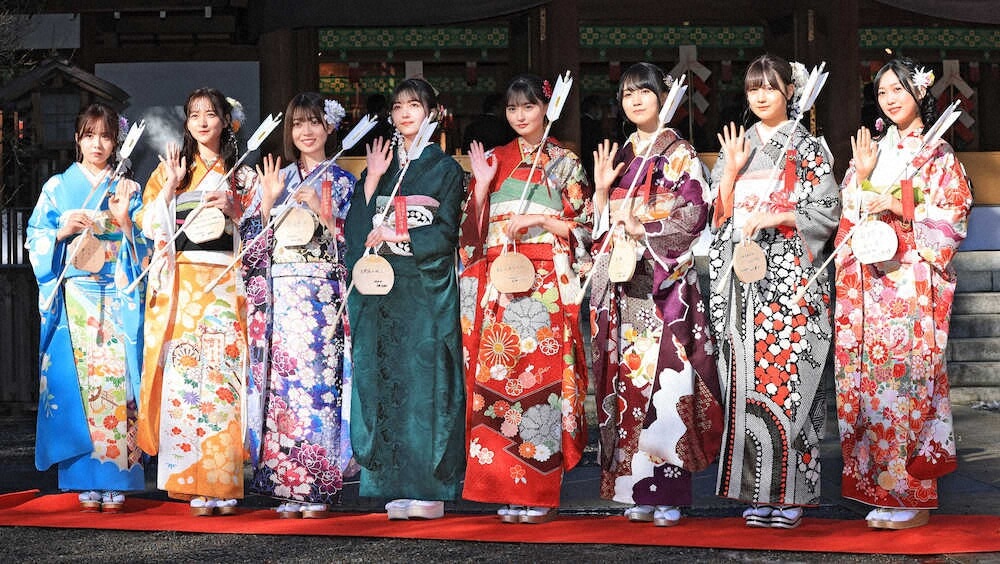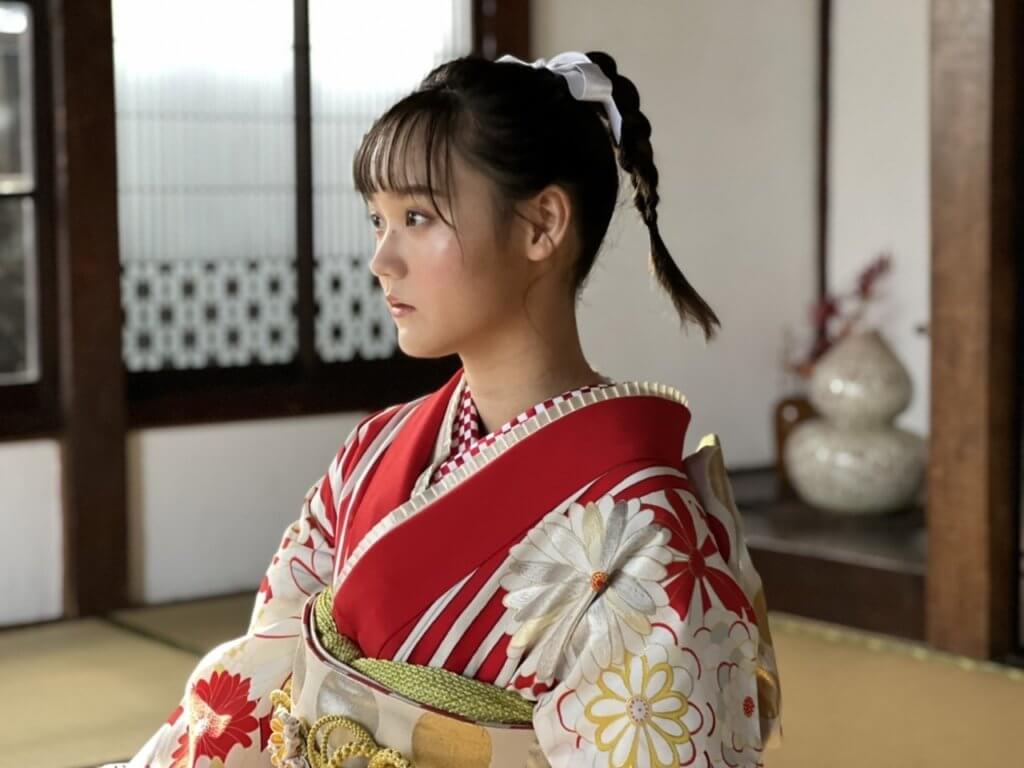Groups
Sakamichi Series: Nogizaka46 Sakurazaka46 Hinatazaka46
WACK Groups: BiSH
Japanese Idols News and Knowledge Base
Japanese Idols News and Knowledge Base

Japanese idol groups have become a cultural phenomenon not just in Japan but also in many parts of the world. These groups, which consist of young, talented singers and dancers, have amassed millions of fans due to their catchy music, impressive choreography, and charming personalities. However, what many people may not know is that these idol groups have a deep connection to traditional Japanese culture.
To understand this connection, it is important to first understand the history and significance of traditional Japanese culture. Japan has a rich cultural heritage that dates back thousands of years, with many of its traditional practices and customs still in use today. These include the tea ceremony, calligraphy, flower arrangement, and traditional dance, among others.
Many of these traditional practices are based on the principles of respect, harmony, and beauty, which are also central to the concept of idol groups. For example, many idol groups emphasize teamwork and harmony among their members, which is reminiscent of the traditional Japanese concept of “wa,” or harmony. They also often use traditional Japanese motifs and imagery in their music videos and stage performances, such as cherry blossoms, samurai armor, and traditional clothing.

One example of this connection between traditional Japanese culture and idol groups is the popularity of the “yukata,” a traditional Japanese garment similar to a kimono. Many idol groups, particularly those in the J-pop (Japanese pop) genre, often wear yukata in their music videos and performances. The yukata is typically made of lightweight cotton or linen and is perfect for hot summer days, making it a popular choice for outdoor events and festivals. Its simple yet elegant design and colorful patterns also make it a popular choice among fans of all ages.
In addition to clothing, traditional Japanese music and dance also play a significant role in the idol group phenomenon. Many idol groups incorporate elements of traditional Japanese music and dance into their performances, including taiko drumming, shamisen (a traditional stringed instrument), and “bon odori,” a type of folk dance that is often performed during festivals.
Perhaps the most well-known example of the connection between traditional Japanese culture and idol groups is the popularity of the “idol handshake event.” These events are a chance for fans to meet their favorite idol group members in person and shake their hands. While this may seem like a modern phenomenon, it actually has roots in the traditional Japanese concept of “otagei,” which is a type of fan dance performed at festivals and events.
In conclusion, the connection between Japanese idol groups and traditional Japanese culture is a fascinating and complex one. While the idol group phenomenon is often associated with modern pop culture, it is clear that many of its elements are deeply rooted in Japan’s rich cultural heritage. Whether it is the use of traditional clothing and imagery, the incorporation of traditional music and dance, or the concept of harmony and respect, the influence of traditional Japanese culture can be seen throughout the world of idol groups.